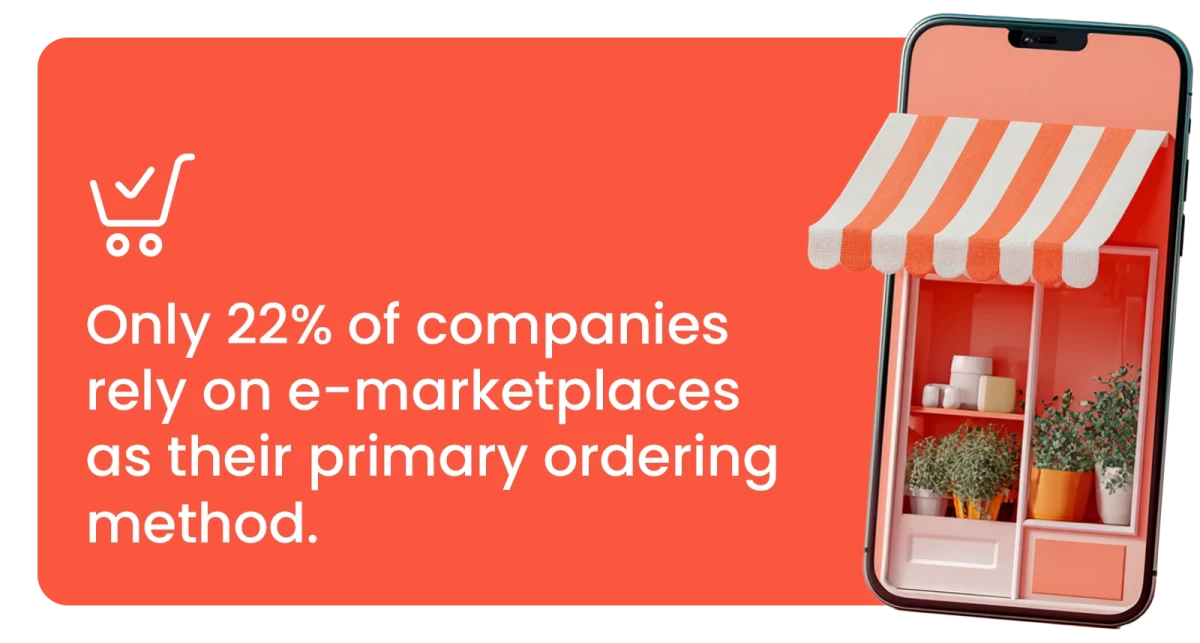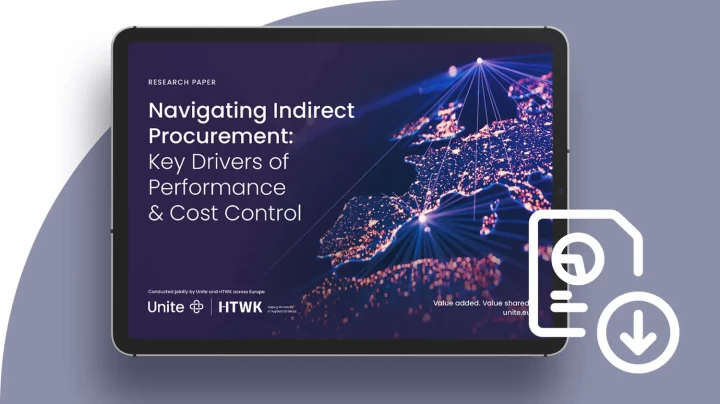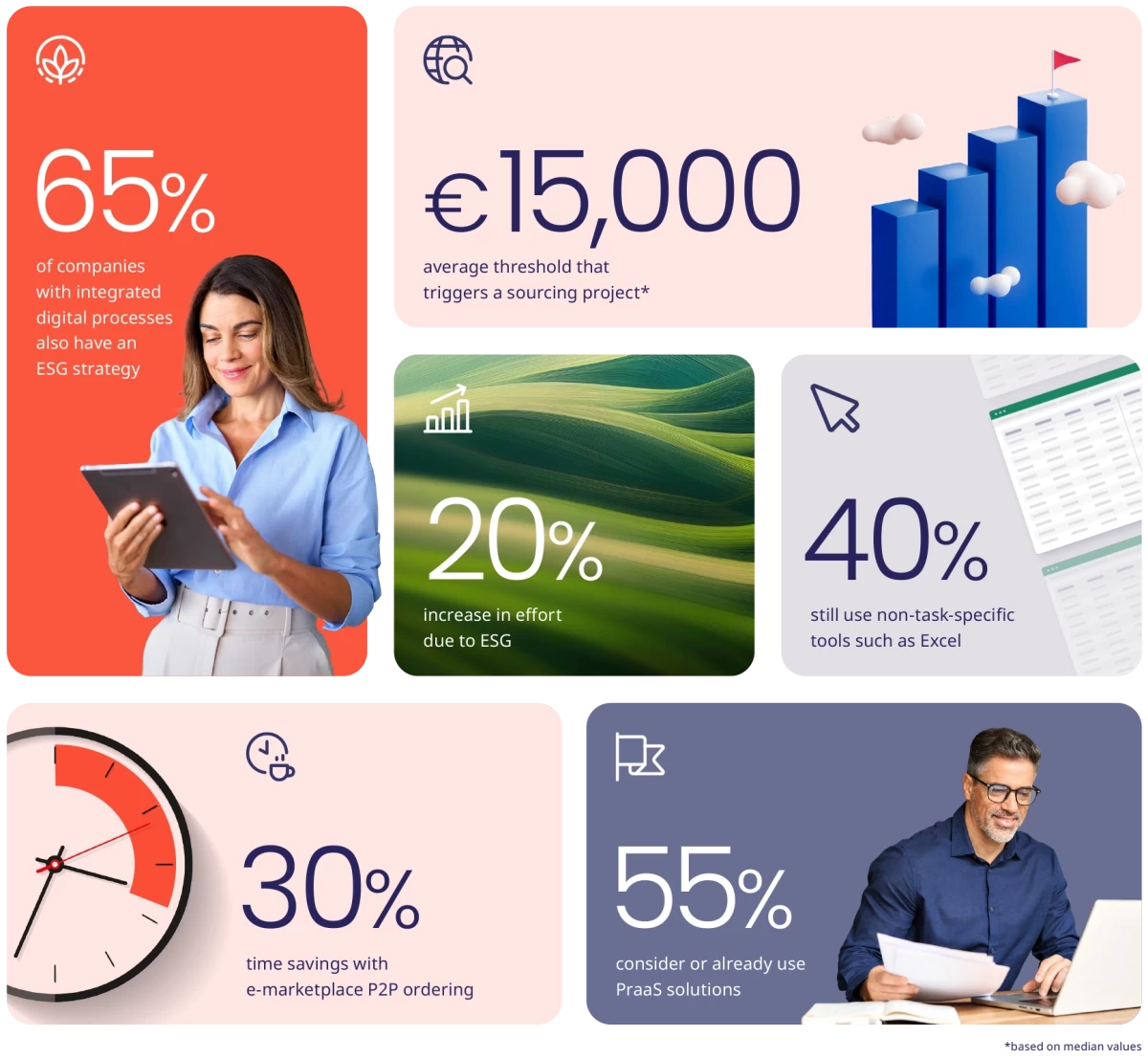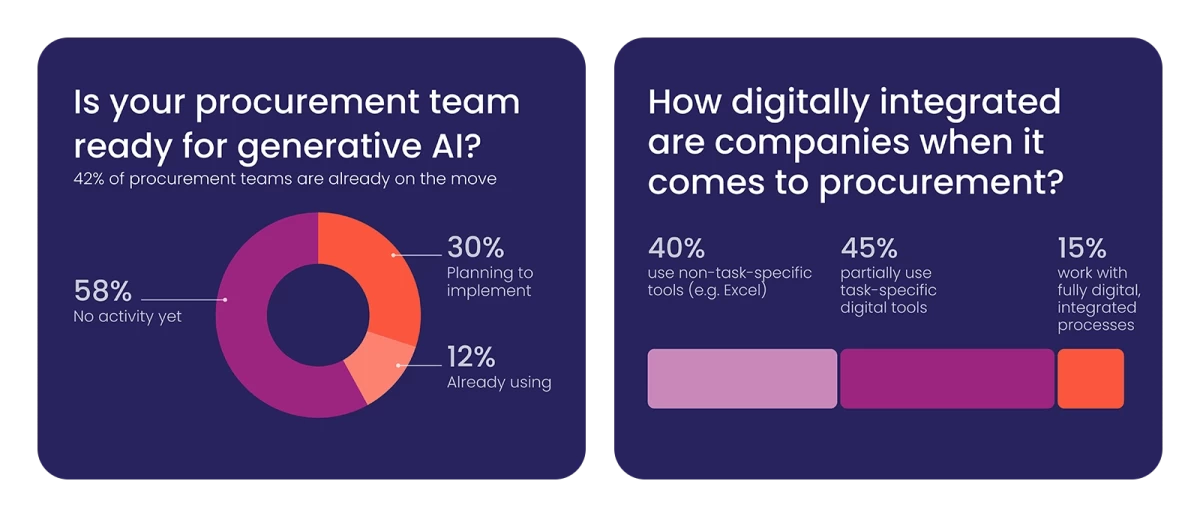High stakes, low support
Long dismissed as ‘tail spend’ or treated as a tactical cost centre, indirect procurement has ballooned into a critical area of enterprise complexity. The volume is high, processes are fragmented, and there is an escalating compliance burden. Yet teams are expected to do more, with fewer people, fewer tools, and less time.
And in the public sector, the challenge is even more pronounced. Despite significant investments and mandates from governing bodies calling for digital transformation, over two-thirds of public procurement in Europe remains manual. Political expectations are rising; however, scalable, compliant solutions remain scarce.
HTWK insights: the load is burgeoning, but so are opportunities
During a recent executive webinar hosted by CPO Magazine, Natasha Gurevich (Founder and CEO of Candor Procurement), Erika Mizun (VP of Global Marketing and Brand at Unite), and moderator Victoria Folbigg (CEO of Folbigg Consulting) unpacked Unite’s new co-authored research with Leipzig University of Applied Sciences (HTWK) that reveals significant misalignment in procurement practices in Europe. The findings, based on responses from 181 procurement professionals (of which 60% were from the manufacturing sector), are striking, and their implications demand urgent attention.
The research reveals a sobering trend:
Large European companies (10,000 +) spend 19,000 hours annually managing indirect procurement. That’s similar to dedicating 10 full-time employees, but mainly on demand management, sourcing and supplier management.
The Hackett study from 2017-21 mentions 14,000-15,000 hours for a similar size team. This implies a 30% increase in labour efforts over a period of four years.
The Unite-HTWK study shows that there is a 20% additional effort resulting from ESG and regulatory requirements. Despite these escalating demands, procurement teams lack the necessary tools and bandwidth to cope effectively.
What’s most alarming isn’t the scale of the burden, it’s where the effort is going: manual tasks, redundant RFPs, and disconnected workflows, because shockingly only 15% of large companies have fully digital and integrated procurement processes.
Indirect procurement isn’t ‘indirect’ anymore
As Natasha rightly pointed out, the term indirect is dangerously misleading. This isn’t peripheral spend, it’s foundational.
From marketing and facilities to logistics and consulting, indirect procurement enables the infrastructure of modern businesses. “And in many enterprises, indirect and direct spend are now nearly equal in volume,” she said.
However, while direct procurement is often centralised and mature, indirect procurement is broad, fragmented, and resource-intensive. Continuing to treat it as an afterthought is not only shortsighted but also a risk to resilience, compliance, and long-term value.

Rebalancing with PraaS
The traditional approach of hiring more people or squeezing existing teams harder is no longer viable.
Enter Procurement as a Service (PraaS), a scalable, flexible model that enables procurement leaders to:
Expand capacity without increasing headcount.
Offload tactical workload through managed supplier ecosystems.
Accelerate digital adoption without costly tech overhauls.
Maintain control over spend, compliance and ESG mandates.
PraaS isn’t outsourcing your strategy – it’s freeing up your talent to lead it. And it isn’t just a tool or a consultancy, it’s a hybrid of digital platform access and centralised procurement services. That means compliant suppliers, ready-made integrations, and ongoing support to make the right indirect procurement decisions.
It’s the lever modern CPOs and public procurement authorities need to move from reactive service desks to strategic growth enablers.
The pressure is real, but so is the path forward
Natasha shared her journey from apprehension to action. Just three months ago, she didn’t know what an AI agent was. Today, she’s building them. Her message to peers over 40? Face the fear. Upskill. Step into the future.
Erika reiterated that digital transformation is not just a process change, but a leadership shift.
Unite’s co-authored research found:
40% of companies still rely on Excel for procurement operations.
Only 22% have made a digital marketplace as their primary ordering method.
And despite the hype, AI and blockchain adoption remains under 15%.
The problem isn’t a lack of tools, it’s a lack of alignment, leadership clarity, and investment in people and processes.

From cost center to value engine
To drive real transformation, procurement must shift its story from cost control to value creation. Think growth, speed, and resilience, not just savings.
PraaS delivers what indirect procurement urgently needs: compliance, transparent supplier competition, and expert oversight, all without legal risk or vendor lock-in.
As Erika remarked, PraaS is more than a procurement tool. It is a business accelerator that’s tied to revenue, market entry, and innovation.
The leaking bucket
Erika also introduced a powerful metaphor for indirect materials procurement: a leaking bucket.
Even when stable, indirect materials procurement has value slipping through the cracks. But as new technologies, systems, and suppliers are introduced, the ‘bucket’ is constantly filling. Without knowledge mapping and integration, the leaks become invisible and even more costly.
Especially public Institutions can’t afford that kind of waste. With limited budgets and scrutiny, every euro lost to inefficiency undermines public value.
Smart offerings like PraaS don’t just plug the leaks; it can rebuild the bucket for scale, transparency, and long-term sustainability.
PraaS: the strategic multiplier
Victoria spotlighted PraaS as an elegant hybrid model: bringing together external expertise, integrated platforms, and full compliance assurance to relieve internal teams.
“As a CPO, I’ve positively experienced that if I bring in knowledgeable people about specific procurement areas within my procurement department, together with technology, they’ll take the burden off my team,” she said.
Consider this: for large companies managing 800 suppliers at 13 hours each per year amounts to over 10,000 hours of effort. Platforms like Unite allow CPOs to retain oversight while redeploying internal talent toward innovation and strategy.
This is not just a hybrid solution. It’s a strategic multiplier!
The inflection point is now
The burden of indirect procurement is not going to shrink. But forward-thinking leaders have a choice: adapt or fall behind.
This is more than a software upgrade, it’s a shift in mindset, a new operating model, and a cultural change across both public and private sectors.
Embrace ESG not as a reporting burden, but as a driver of inclusive innovation.
Embed AI not as a tool, but as a teammate.
Deploy PraaS not as an experiment, but as the new standard for scalable complaint procurement.
Upskill your people (and yourself) to lead this new agile era of indirect procurement.
“Everyone loves progress,” Natasha observed, “but no one likes change, except those who fear irrelevance more.”
Frequently Asked Questions
Procurement as a Service (PraaS) is a procurement model that combines a digital platform and integrated marketplace with tailored procurement services. Rather than simply selling products, it functions as a procurement partner, supporting B2B and B2G customers in making compliant, efficient, and needs-based purchases. This model emphasises transparency, rule-compliant processes, and strategic collaboration, shifting the focus from traditional retail to value-driven procurement services.
- Transparency in pricing, fees, and decision-making
- Security of supply
- Cost savings
- Efficiency improvements
- Demand management and benchmarking services
- Data-based insights for smarter purchasing decisions
- Long-term, strategic partnerships instead of transactional relationships
PraaS improves efficiency by:
- Streamlining purchasing through an integrated digital platform
- Offering data-driven insights to make better procurement decisions
- Managing demand actively to avoid waste and optimise spend
- Supporting compliant processes that reduce administrative burden
- Enhancing collaboration between procurement teams and suppliers, minimising friction
Indirect procurement is often complex, manual, and tightly regulated. PraaS supports:
- Digital transformation without infrastructure investment
- Compliant processes per government regulations
- Fair and transparent competition among suppliers
- Pre-integrated supplier vetting based on public institution requirements
- A future-proof solution aligned with sustainability and digitisation mandates from the EU government
PraaS addresses both operational efficiency and strategic sustainability:
- Encourages fair competition for diverse European suppliers
- Supports ESG goals and green procurement through vetted suppliers and transparent data
- Enables institutions to lead by example, promoting modern, responsible procurement practices across markets and sectors
- Minimises waste and redundancy by digitising low-value, high-effort purchases

Insight that delivers
Discover key insights and practical steps to make your procurement strategy resilient, agile, and ready for tomorrow’s challenges.


